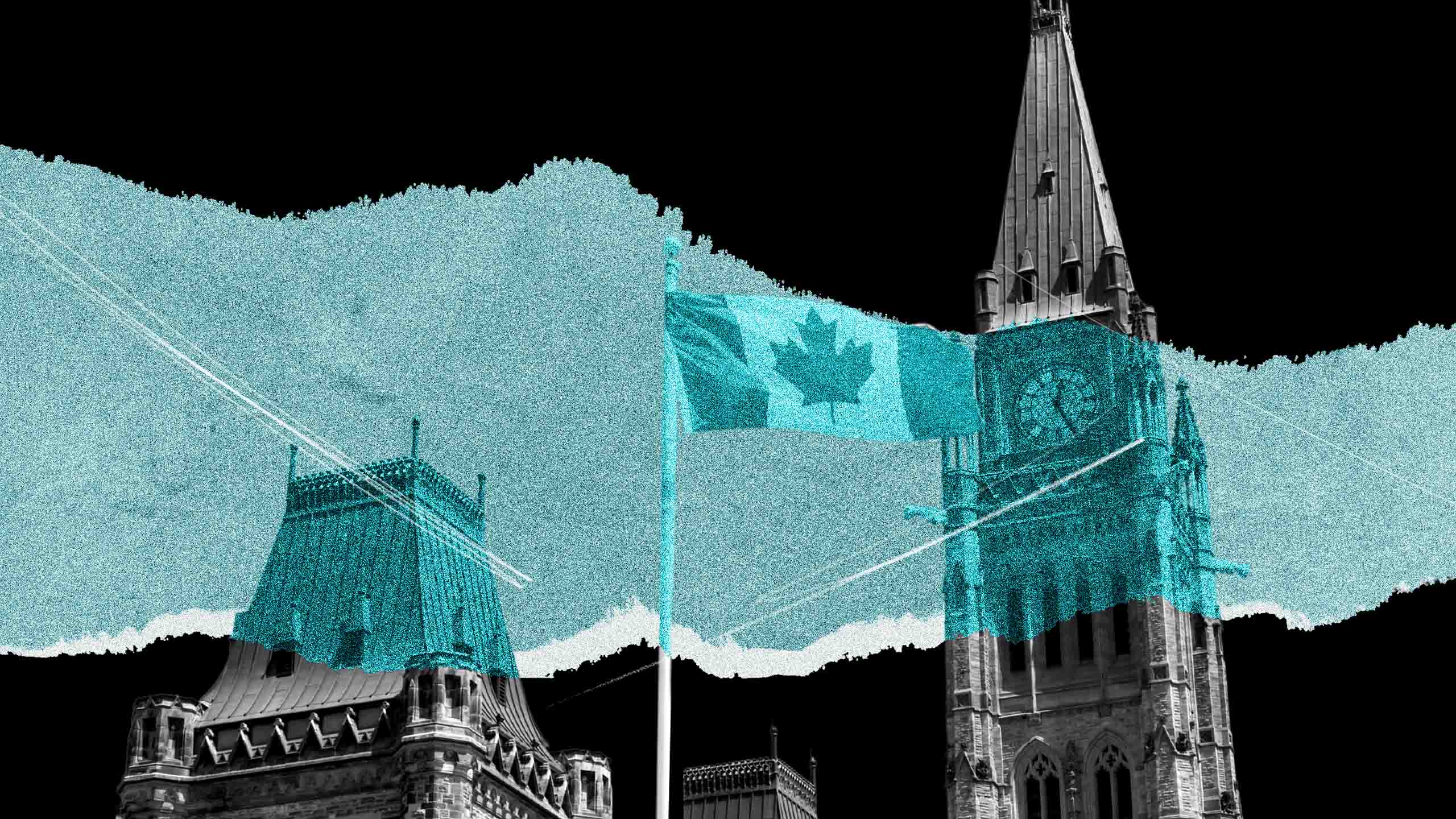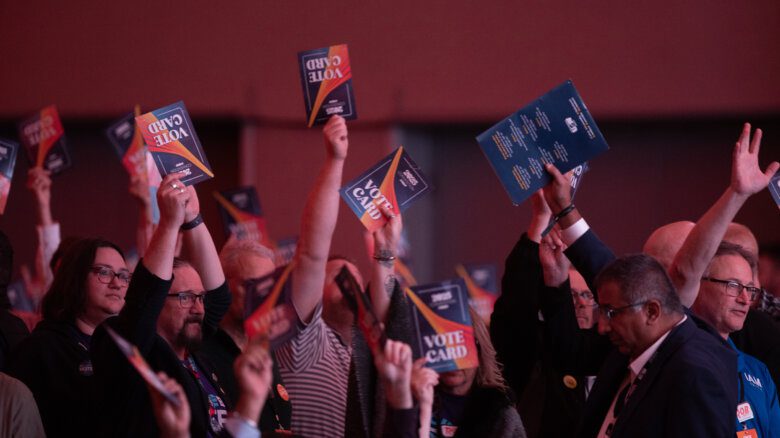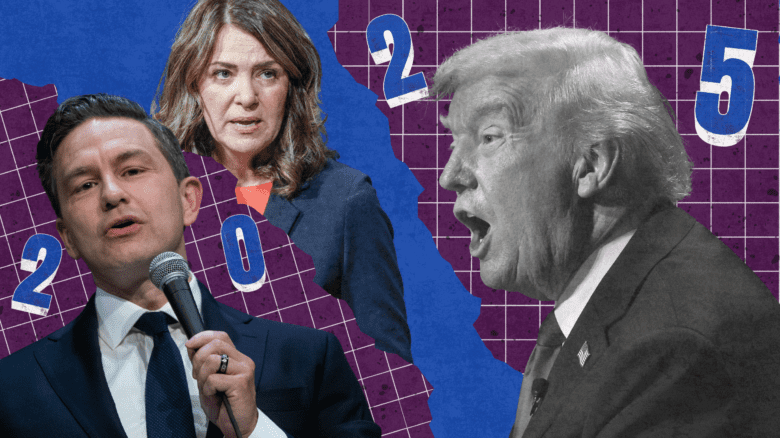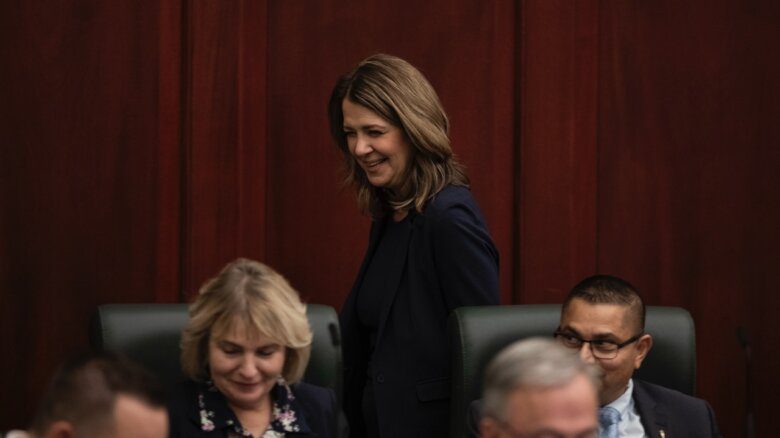The Canadian Charter of Rights and Freedoms is among Canada’s great legal achievements. Enacted in 1982, its 34 sections protect individual, democratic and language rights from government infringement.
But nestled in this bastion of liberty is a curious provision. The “notwithstanding clause” allows a federal or provincial government to violate certain Charter protections with relative impunity. So if a government wants to pass a law that tramples on the equality rights of its citizens, for example, the government can invoke the notwithstanding clause to do so—and, on the face of it, there’s very little that the courts can do.
That’s exactly what Premier Scott Moe wants the provincial government of Saskatchewan to do.
Last month, Moe’s government announced a policy that would require students under the age of 16 to receive parental consent before changing their name or pronouns at school. In response to a legal challenge to his proposed changes, Moe just announced he would use what some called the Canadian constitution’s “nuclear option.”
A lawsuit by Regina-based organization UR Pride challenged that policy as contrary to sections 7 and 15(1) of the Charter. Those sections guarantee to everyone “the right to life, liberty and security of the person” and the right to “the equal protection and equal benefit of the law without discrimination,” respectively. If successful, UR Pride would receive a ruling from the Court of King’s Bench of Saskatchewan declaring the policy to be of no force and effect.
The lawsuit will not be heard until November. In the meantime, UR Pride sought an injunction to prevent the policy from being implemented in Saskatchewan schools.
That injunction was granted yesterday in a 56-page ruling that has yet to be published in the database of the Court of King’s Bench of Saskatchewan decisions.
Moe responded to the injunction by recalling the Saskatchewan legislature early—on October 10—in order to enact the policy via legislation, and announced his intention to shield it from Charter challenge by invoking the notwithstanding clause.
You want to know what that means? Here are your questions about the notwithstanding clause, answered.
How does the notwithstanding clause work?
It’s not enough for Moe to “invoke” the notwithstanding clause in a public statement. In order to override people’s Charter rights, his government must follow a specific procedure.
The Legislative Assembly of Saskatchewan must pass legislation containing an express declaration that the law will operate “notwithstanding” particular Charter protections. It is not necessary for the legislation to contain justifications for this declaration.
An example of this procedure in action is the Act respecting the laicity of the state, enacted in Quebec in 2019. Section 34 states that “This Act … has effect notwithstanding sections 2 and 7 to 15 of the Constitution Act, 1982.” It would be enough for Moe’s government to include the same clause in any legislation he wants his government to pass once the Legislative Assembly reconvenes.
Why is the notwithstanding clause in the Charter?
In short: to appease the provinces.
Howard Kislowicz is an associate professor at the University of Calgary, Faculty of Law, and an expert in constitutional law. He tells Xtra that the notwithstanding clause is the price the federal government had to pay, in the early 1980s, to ensure Canadians have a Charter at all.
“When the Pierre Trudeau government was advocating including a charter of rights in the Constitution of Canada,” Kislowicz says, “this necessarily meant a new limitation on the legislative powers of the provinces and also the powers of the various provincial executives.”
Eight provinces opposed the Charter, including Saskatchewan. “As public opinion of the Charter grew more favourable,” Kislowicz explains, “that became a less tenable political position. So seven of them, with the exclusion of Premier [René] Lévesque in Quebec, changed their minds, but only on the condition that the Charter included the notwithstanding clause.”
How does the notwithstanding clause treat minority rights?
“It tramples them.”
That’s the assessment provided by Jennifer Koshan, a professor at the University of Calgary, Faculty of Law, and one of Canada’s leading experts on constitutional protections for women and gender minorities.
The notwithstanding clause is a particularly blunt instrument of constitutional law, Koshan explains. “It’s not subject to section 1 of the Charter, for example. So in order to invoke [it], a government does not have to make the argument that it is a reasonable limit on the Charter rights and freedoms that are being overridden.”
Indeed, in practice and in theory, the notwithstanding clause is primarily a tool for enacting the will of the majority over and against the rights and interests of minorities.
The reason for that, Kislowicz explains, is “because the notwithstanding clause is a tool that can be used by Parliament or the various provincial legislatures. Those bodies are elected by majorities, or at least pluralities, of the jurisdictions in which they have sovereignty.”
Charter rights generally protect minorities from the majorities that govern, and courts use the Charter to ensure minority rights are upheld. “So because the Charter protects minority rights,” Kislowicz says, “and courts are there to ensure that legislation complies with the Charter; and because the notwithstanding clause is there to avoid courts invalidating legislation due to noncompliance with the Charter, then you put all that together, and I think the overwhelming likelihood is that the use of the notwithstanding clause will protect majority and legislative preferences.”
That’s exactly what is happening in Saskatchewan right now.
In a written statement published yesterday, Moe claimed that his government’s name and pronoun policy “has the strong support of a majority of Saskatchewan residents, in particular, Saskatchewan parents.”
By invoking the notwithstanding clause, Moe is doing his best to ensure that the majority rules, gender minorities be damned.
What can people do to combat Saskatchewan’s use of the notwithstanding clause?
There are two main ways of defending against the use of the notwithstanding clause. The first is through democratic processes. The second is through judicial ones.
If a government passes legislation that invokes the notwithstanding clause, the invocation automatically expires after five years and must be re-enacted to continue in effect. The reason is that in Canada, majority governments only hold office for a maximum of five years before they must be re-elected. The five-year sunset clause ensures that voters get an opportunity to weigh in at the ballot box on uses of the notwithstanding clause.
This means that if people are worried about what Moe’s government is doing, they should be organizing to elect a different, more progressive government when Saskatchewan residents next head to the provincial polls.
“Of course, that’s easier said than done,” Kislowicz tells Xtra, “particularly when you’re talking about vindicating minority interests which, by their definition, have a hard time winning in electoral politics because they’re fewer in number than people who prefer the other side.”
Might LGBTQ2S+ people in Saskatchewan have a better chance winning in court?
Kerri Froc is an associate professor at the University of New Brunswick, Faculty of Law. She has been developing the argument that there are not one, but two notwithstanding clauses in the Charter. The first is the one Moe plans to invoke. The second is contained in section 28, and states that “Notwithstanding anything in this Charter, the rights and freedoms referred to in it are guaranteed equally to male and female persons.” Presumably, this second clause operates “notwithstanding” the section 33 “notwithstanding clause.”
There’s good reason to think that LGBTQ2S+ people will be able to use section 28 of the Charter to invalidate Moe’s name and pronoun policy even if his government successfully invokes the section 33 notwithstanding clause.
“The argument would be that section 28 should apply not only to male and female persons, but also to gender diverse persons,” Koshan explains. That argument, in her view, is a strong one that is consistent with the Supreme Court’s commitment to reading the Charter as “a living tree that evolves over time as social understandings of different norms and values evolve.”
“And so the argument would be that the Saskatchewan government’s use of the notwithstanding clause has to be read subject to” the guarantee that all Charter rights will be applied equally irrespective of gender, Koshan says. This would mean “that the government’s use of the notwithstanding clause under section 33 has to be subject to this overarching principle of gender equality.”
It’s an argument that has yet to be tested in the courts. But it’s one that should offer some hope to queer and trans people in Saskatchewan and elsewhere: the law is probably on their side.
Worried? Here’s some advice
Moe’s planned course of action sets a worrying precedent for conservative governments to follow elsewhere in Canada. But now is not the time to despair.
It’s “very problematic” what Saskatchewan’s government is doing, Koshan says.
Yet Canada’s constitutional norms and structure are strong.
Koshan explains that there’s an unwritten constitutional principle, promulgated by the Supreme Court of Canada no less, “that the will of the majority should not be able to override the rights of minority groups.”
Which should mean that Moe’s planned use of the notwithstanding clause is illegal.
“A proper interpretation of the Charter would be that governments cannot use the notwithstanding clause in this way, and ultimately, I think that is the view that will prevail,” Koshan says. “I just hope that the litigation can happen quickly enough to result in decisions that don’t result in harm to trans and gender diverse kids.”


 Why you can trust Xtra
Why you can trust Xtra


